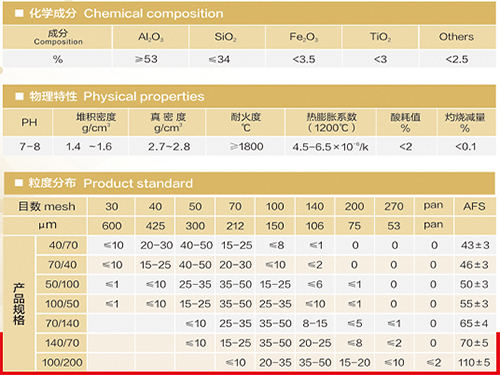Understanding Sand Casting Tolerances
Sand casting is a versatile and widely used manufacturing process that involves pouring molten metal into a sand mold to produce complex shapes. One of the critical aspects of sand casting that significantly impacts the quality and functionality of the final product is the tolerances maintained during the process. Tolerance refers to the allowable deviation from a specific dimension in the finished casting, which is crucial for ensuring that the parts fit together correctly and operate as intended.
Importance of Tolerances in Sand Casting
Tolerances in sand casting are vital for a number of reasons. First and foremost, they dictate the precision of the cast component. Properly defined tolerances contribute to the performance, reliability, and longevity of the final product, especially in applications where parts must fit with other components or systems. For instance, in the aerospace or automotive industries, even the slightest deviations can lead to functional failures or safety issues.
Furthermore, establishing the right tolerances can have a significant impact on production costs. Tight tolerances generally require more intricate patterns, more careful mold-making processes, and potentially additional machining to achieve the desired finish. This not only increases lead times but also raises manufacturing costs. Conversely, wider tolerances may allow for quicker production times and lower costs, but they could potentially compromise the functionality and quality of the end product.
Types of Tolerances in Sand Casting
In sand casting, tolerances can be divided into several categories
1. Geometric Tolerances These relate to the shape of the part, including flatness, straightness, roundness, and angularity. Geometric tolerances ensure that the product conforms to its intended design and can fit properly in its application.
2. Dimension Tolerances This category defines the limits within which dimensions can vary. Dimension tolerances are typically specified in the design drawings and can vary based on the size and complexity of the casting.
sand casting tolerances

3. Surface Finish Tolerances The texture and smoothness of the surface of the casting affect both aesthetic appeal and functionality. Surface finish tolerances ensure that parts meet the necessary standards for their intended use.
Factors Affecting Tolerances
Several factors influence the tolerances achievable in sand casting. These include
- Pattern Design The complexity of the pattern used to create the mold can significantly affect the tolerances. More intricate patterns may lead to more considerable variations.
- Material Properties Different metals (e.g., aluminum, iron, and steel) have distinct cooling rates and shrinkage characteristics, which can affect dimensional accuracy.
- Casting Methodology Variations in mold preparation and the pouring process can lead to differences in the final dimensions of the casting.
- Skill of the Operators The degree of experience and skill of the personnel involved in mold-making and casting operations can also influence tolerances.
Conclusion
In conclusion, tolerances in sand casting are an essential aspect of the manufacturing process that directly impacts the quality and functionality of the final product. Understanding the different types of tolerances and the factors that affect them is key to producing successful castings that meet industry standards and customer expectations. By balancing the demands of precision with the realities of cost and production time, manufacturers can achieve optimal outcomes in their sand casting processes. As technology advances and industry standards evolve, the ability to fine-tune tolerances in sand casting will continue to play a pivotal role in the manufacturing landscape.
Post time:दिसम्बर . 07, 2024 11:38
Next:Evolution and Development of Sand Casting Techniques Through the Ages
